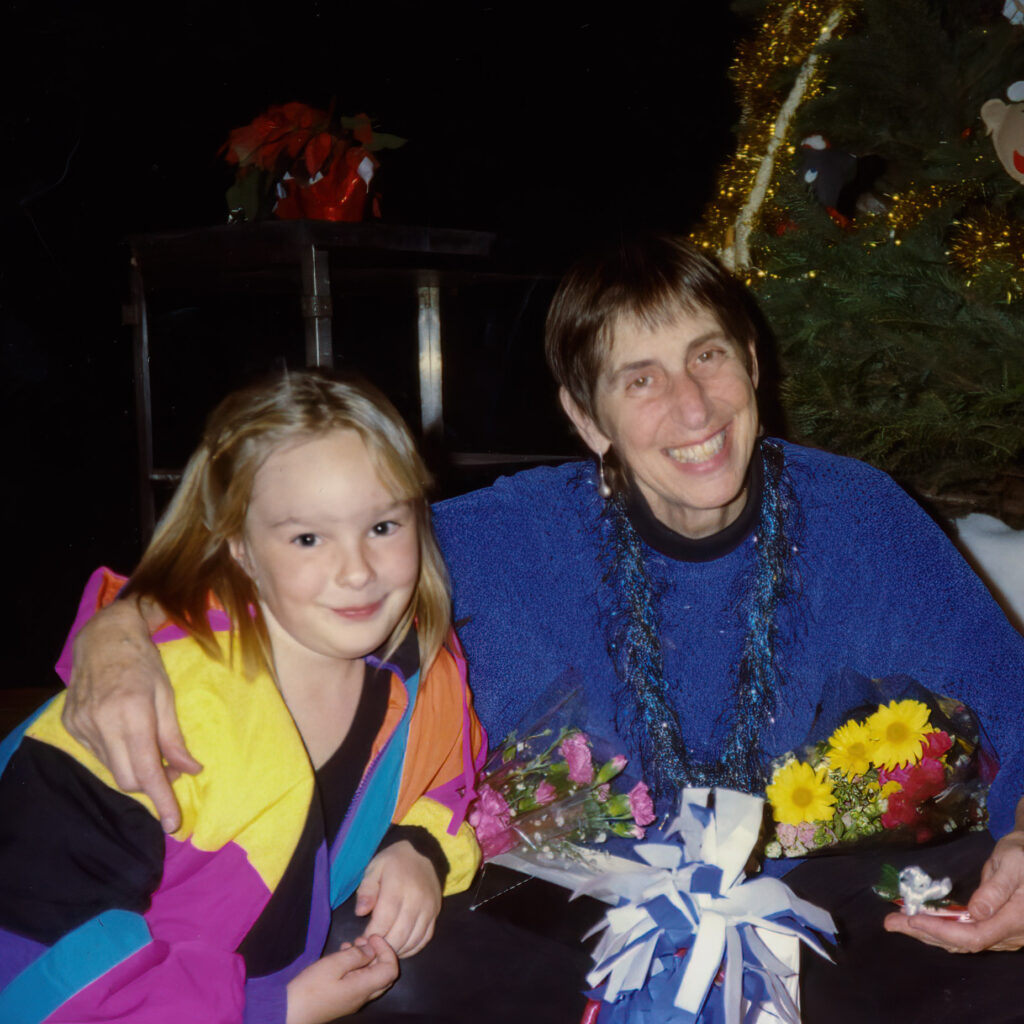We all make mistakes.
I’ve made plenty in my life so far, and I know there’s more to come.
It’s how we learn. It’s how we grow.
But, as an actor and character movement coach, there’s one acting mistake that often comes to mind.
It’s embarrassing if I’m being honest.
But hey, it’s a great teaching tool now.
So, what was it?
I created a character movement signature that wasn’t sustainable.
Very briefly, if you’re not familiar with movement signatures, it’s basically your character’s physical baseline.
It’s their default way of moving.
Such as they walk quickly or have a limp.
Slouch or gesture a lot.
You can check out my post that delves a bit deeper here.
You can create a lot of trouble for yourself by constructing a movement signature that isn’t sustainable.
When a movement signature isn’t sustainable
So, some context.
It was my first professional gig, a children’s show, back in 2015.
I played the role of a monkey and a wise old iguana.
Other characters that inhabited this world were a spider, toucan, and turtle.
As you might expect, it was a high-energy show, full of chase sequences, bouncing excitement, and overexaggerated movements.
It was a fun show, and I learned a great deal.
Now, there are two facets to my mistake, the first being that during rehearsals, when experimenting with my character Monkey, I discovered an excellent baseline posture was to squat.
It looked great, I felt good doing it in rehearsals, and even more, the director loved it.
Not fully clocking that I would perform this, five days a week, two shows a day, for multiple weeks (it was five if my memory is correct.)
Often at 9am.
Maybe a week into performances, I realized that my energy on stage was lower, my squat wasn’t as deep, and I struggled to maintain the posture the director had loved and approved.
I was having difficulty sleeping because of the degree of my muscles aching each night, and there were many days I didn’t want to perform.
I thought about bringing this up to our stage manager and the director, as he was still present in the production.
However, after much worrying, I decided to remain silent.
I wasn’t in too much pain.
I could handle it.
Just needed to suck it up and do my job.
Do it for the kids.
“The show must go on” after all, right?
The mistake of not speaking up
The second mistake I made was not speaking up about what I was going through.
See, I was new in my career, eager to please, and wanted to do what was best for the show.
Regardless of what it was doing to my body.
Every morning, “The show must go on” played in my mind like a mantra as I hopped on stage for a 9am curtain.
Now, to be clear, I was never forced to continue the work that I was doing.
What I was going through was ‘minor’ enough that I could mask the discomfort I was in day after day.
To my knowledge, no one ever knew. At least, it was never brought to my attention.
It never led to issues on stage, missing entrances, or an inability to walk or do the show.
And yet, my not wanting to speak up, for fear of being seen as ‘difficult,’ is what kept me from saying anything.
After all, actors are a dime a dozen, right? And this was a place I had hopes of working with again.
What made the situation worse for me in hindsight is that I never saw it as ‘major’ enough to warrant saying anything.
Nothing was broken or strained to the point of not moving.
Also, in hindsight, the issue would have been relatively easy to fix.
I simply needed to ease out of the squat as Monkeys baseline.
I needed to adapt the movement signature.
This is what I ended up doing, on my own, paranoid that someone would notice and call me out on it.
No one ever did.
It’s your body
Sometimes shows and productions need to pause, or adapt, to protect those working on them.
Regardless of how minimal the issue may seem.
And the truth is, you may be the only one who notices the issue.
I know that I would have enjoyed my first professional gig more had I spoken up.
An article posted at Theatre Art Life delves deeply into this, talking about safety standards for the actor and the entertainment industry as a whole, regardless of what your title is. You can read it here.
My relationship with the phrase, “The show must go on,” has shifted dramatically since my time of playing Monkey.
And I’m grateful for the experience.
I often question it when it’s used, and I find many other actors struggle with similar issues of not wanting to appear difficult.
Using the phrase as armor or a way of misguided comradery to push through potentially harmful situations.
Just because actors are a dime a dozen doesn’t mean we don’t have a voice.
So, please, protect yourselves.
Speak up if you find yourself playing a character that is becoming a struggle to sustain, physically or mentally.
You’re worth more than the role.
Is there an acting mistake you’ve made that led to growth?
I’d love to hear about it 🙂
Happy (safe) moving!











